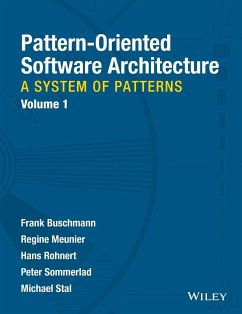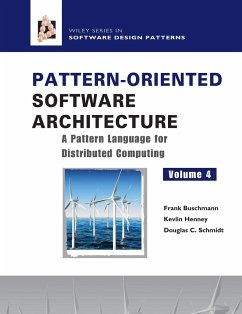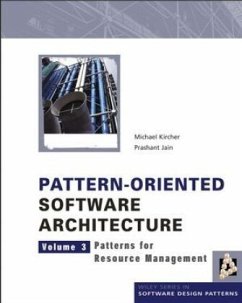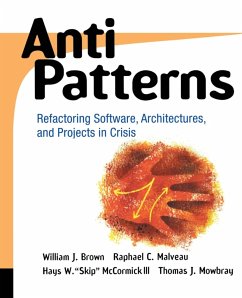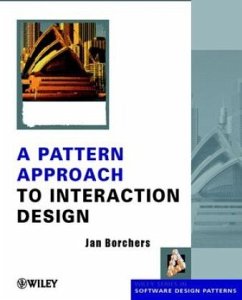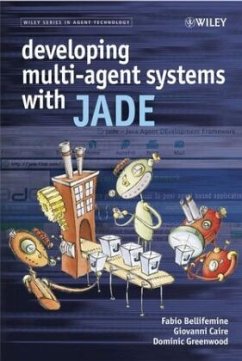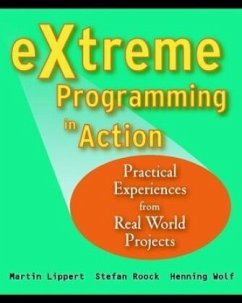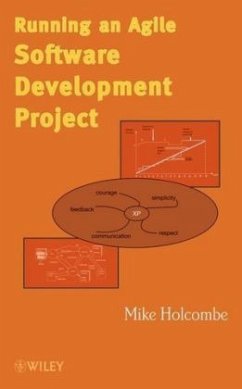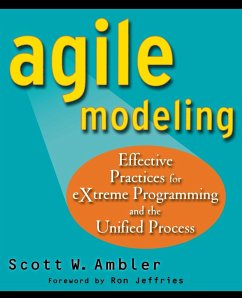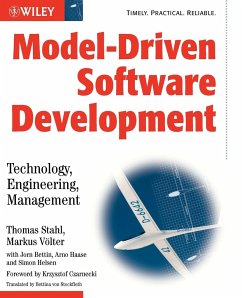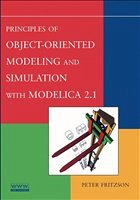
Principles of Object-Oriented Modeling and Simulation with Modelica 2.1

PAYBACK Punkte
67 °P sammeln!
* Provides an introduction to modern object-oriented design principles and applications for the fast-growing area of modeling and simulation * Covers the topic of multi-domain system modeling and design with applications that have components from several areas * Serves as a reference for the Modelica language as well as a comprehensive overview of application model libraries for a number of application domains



